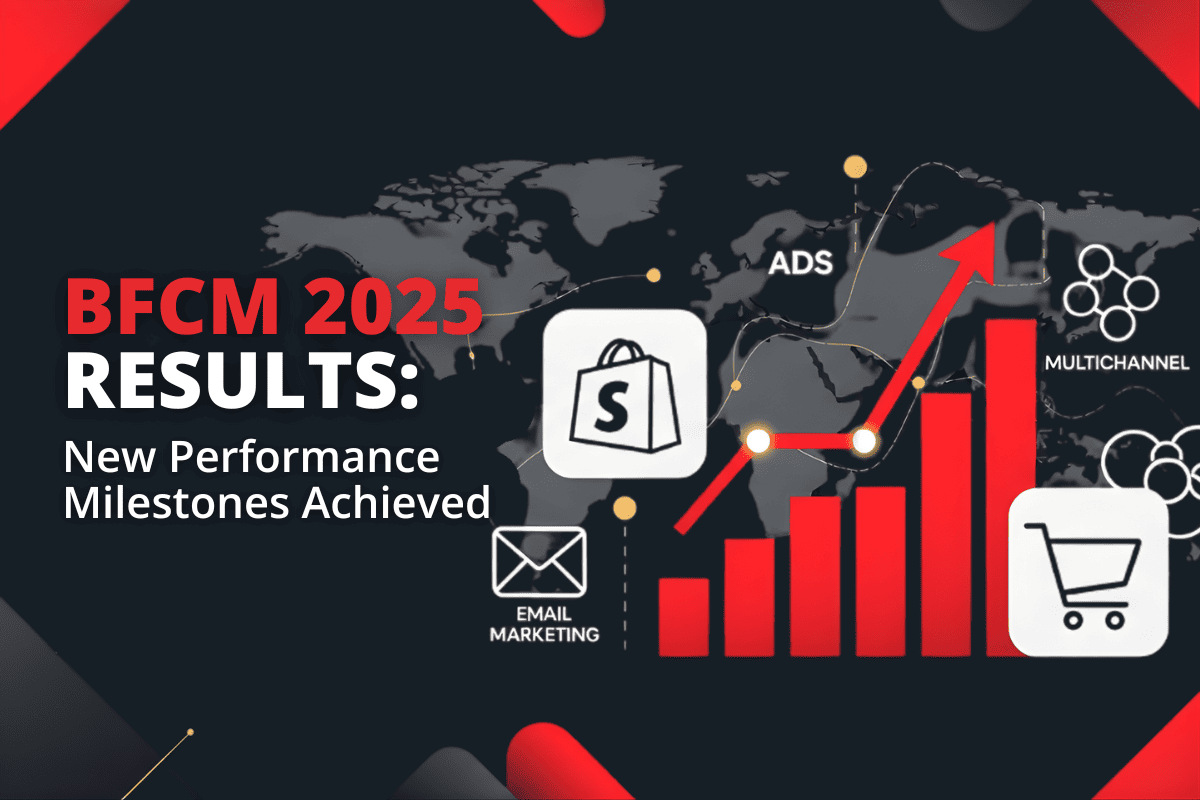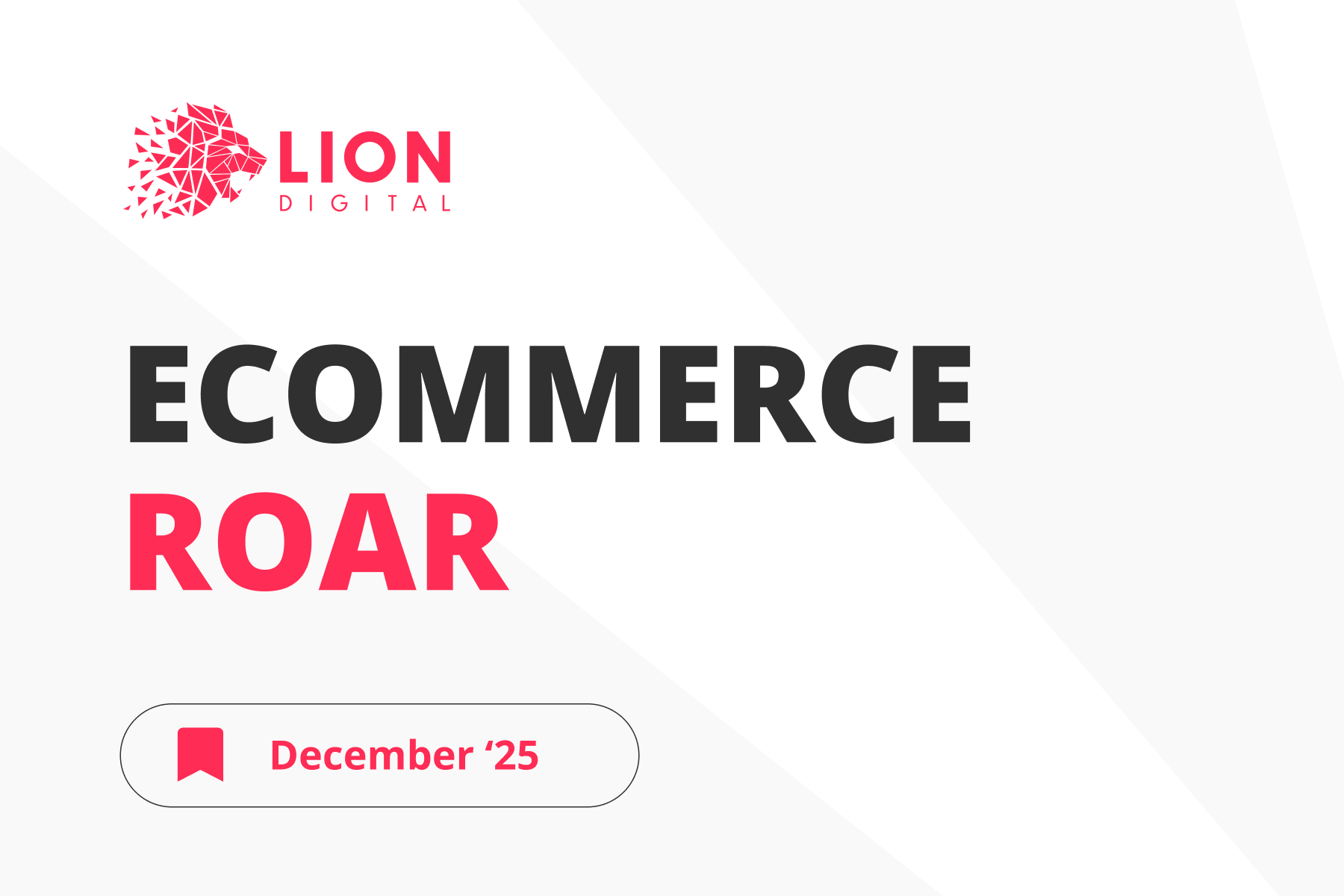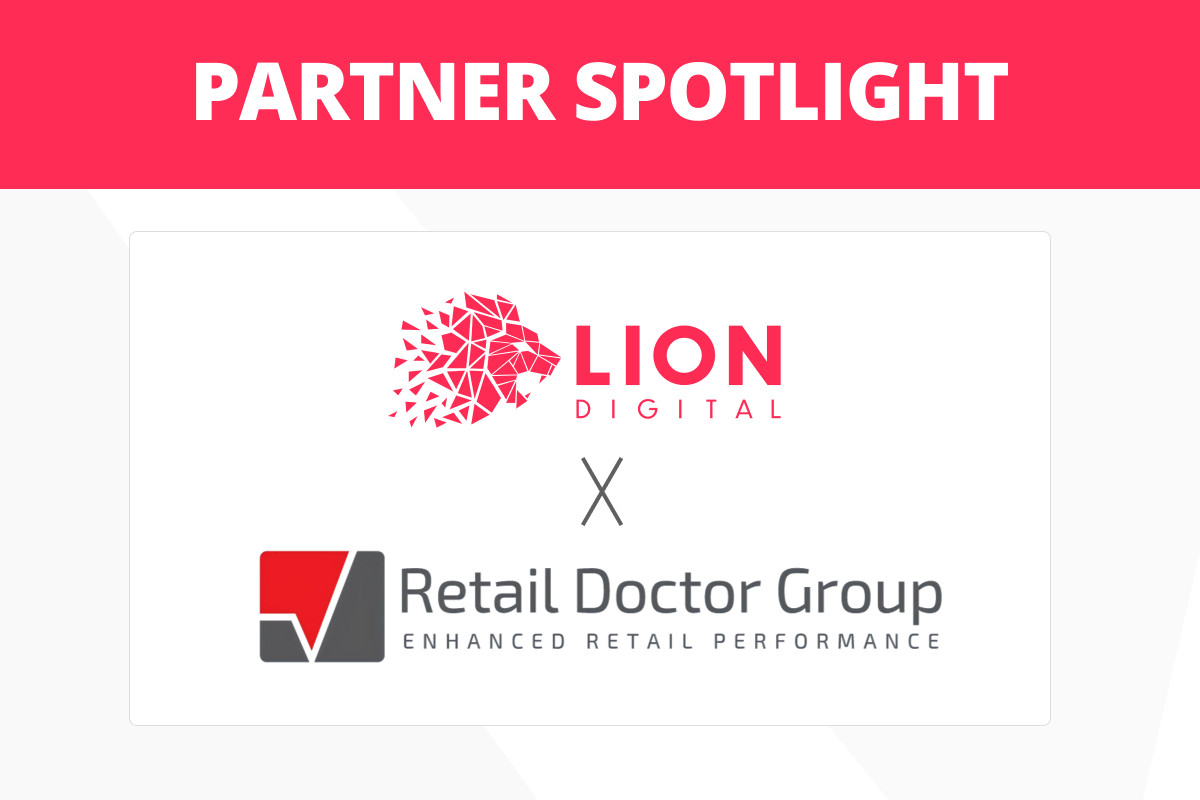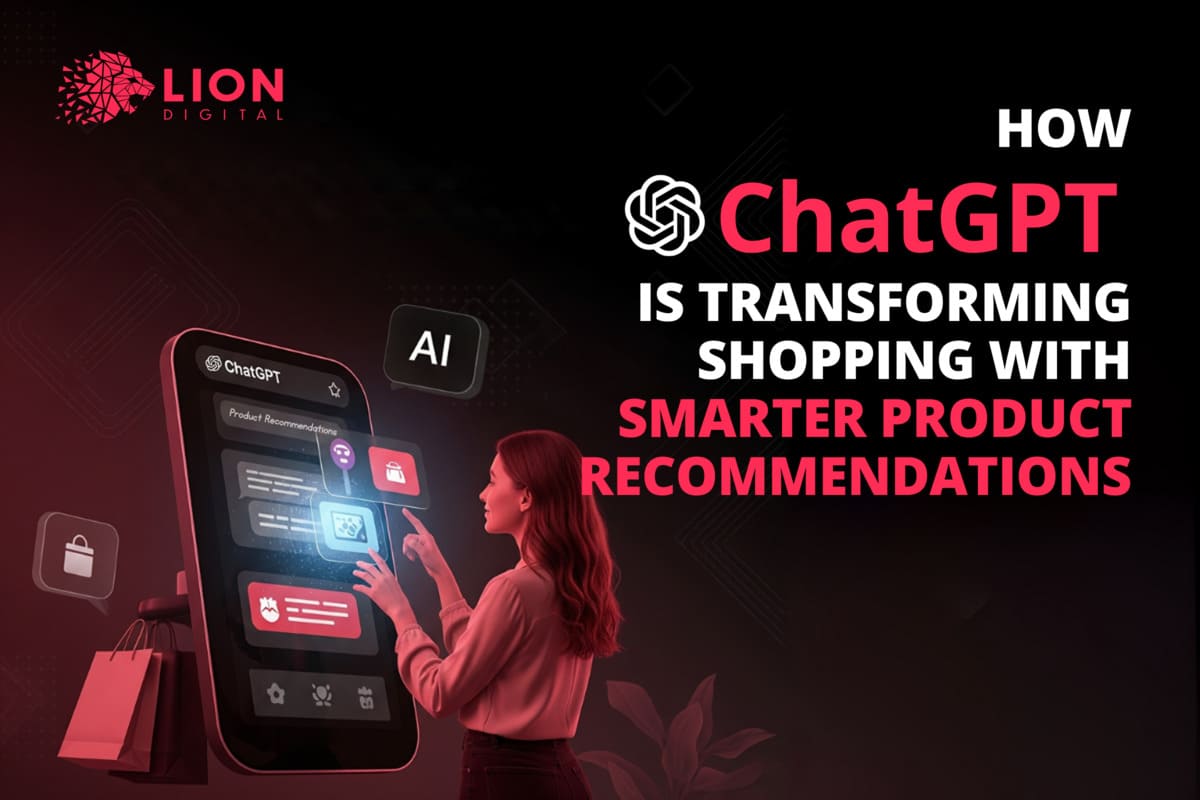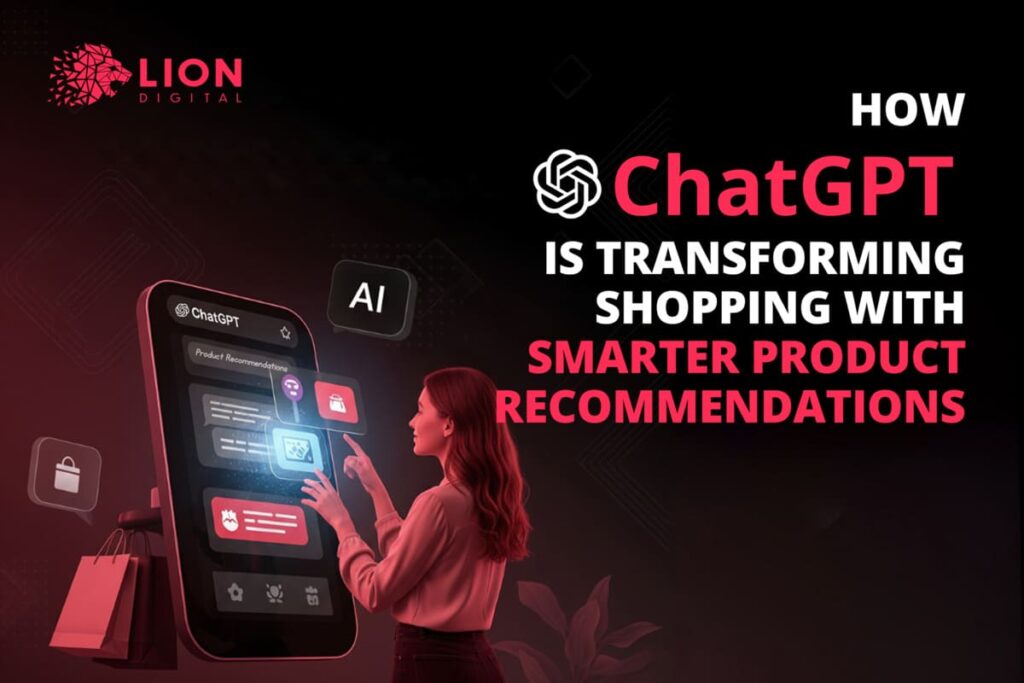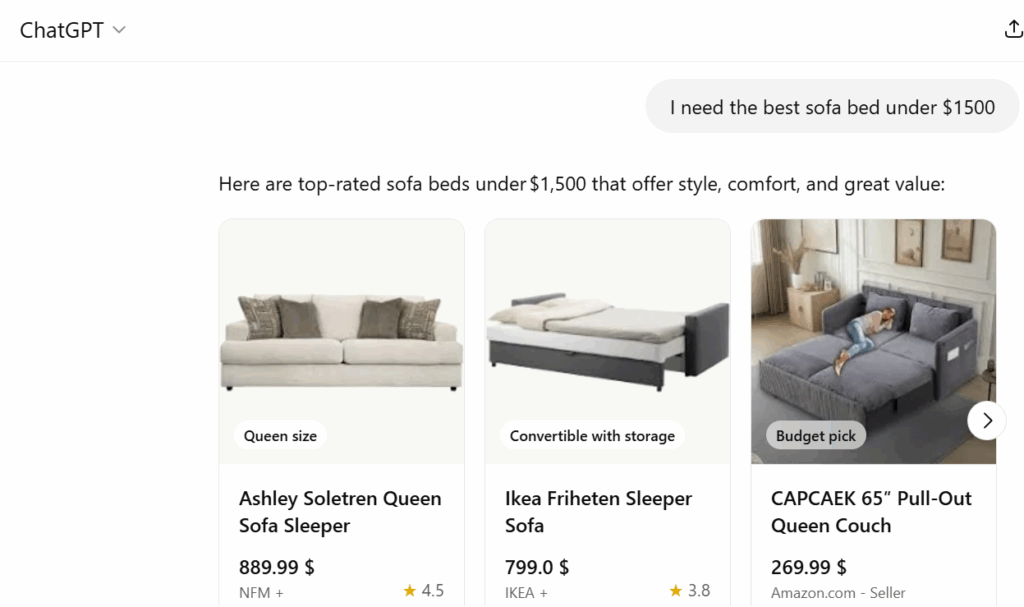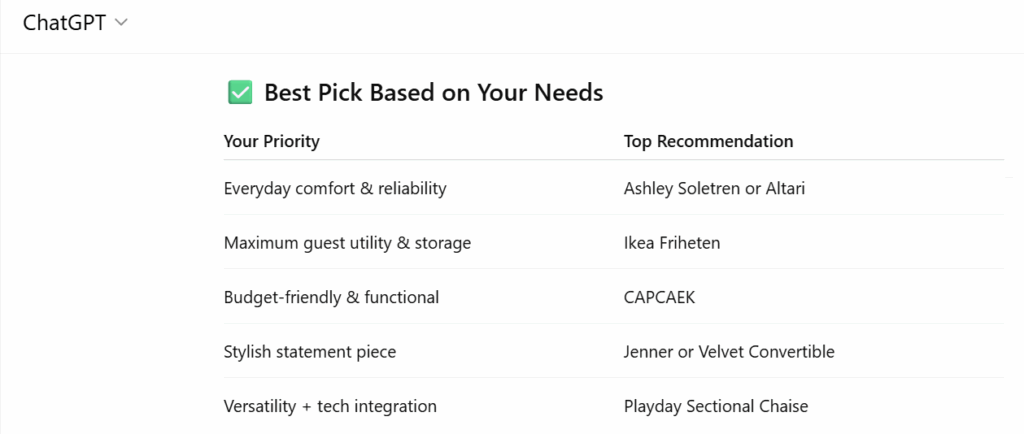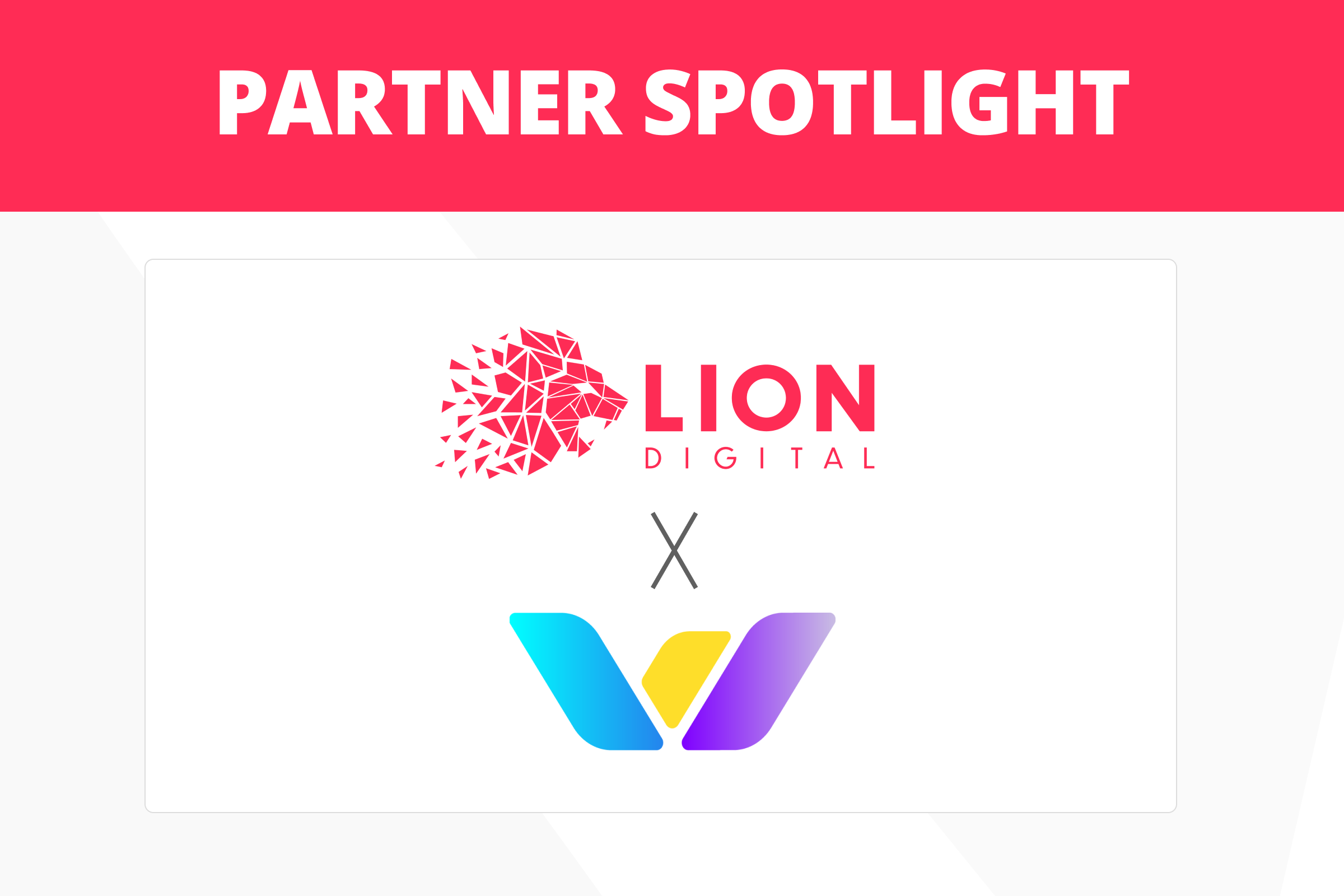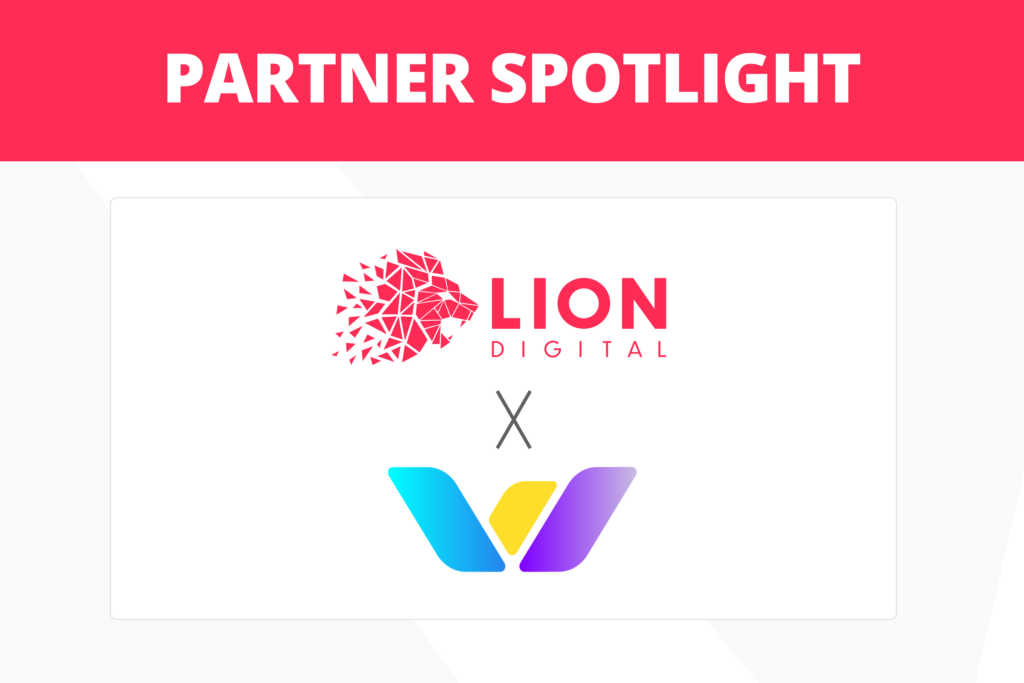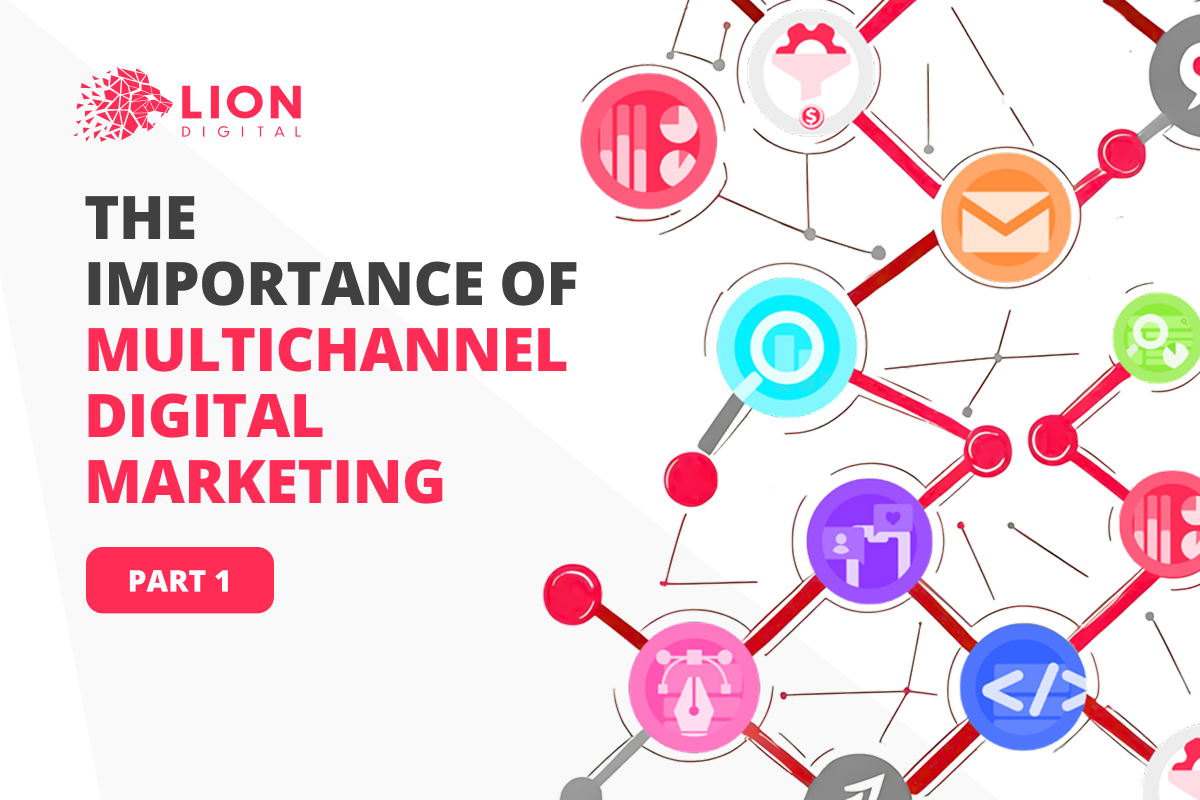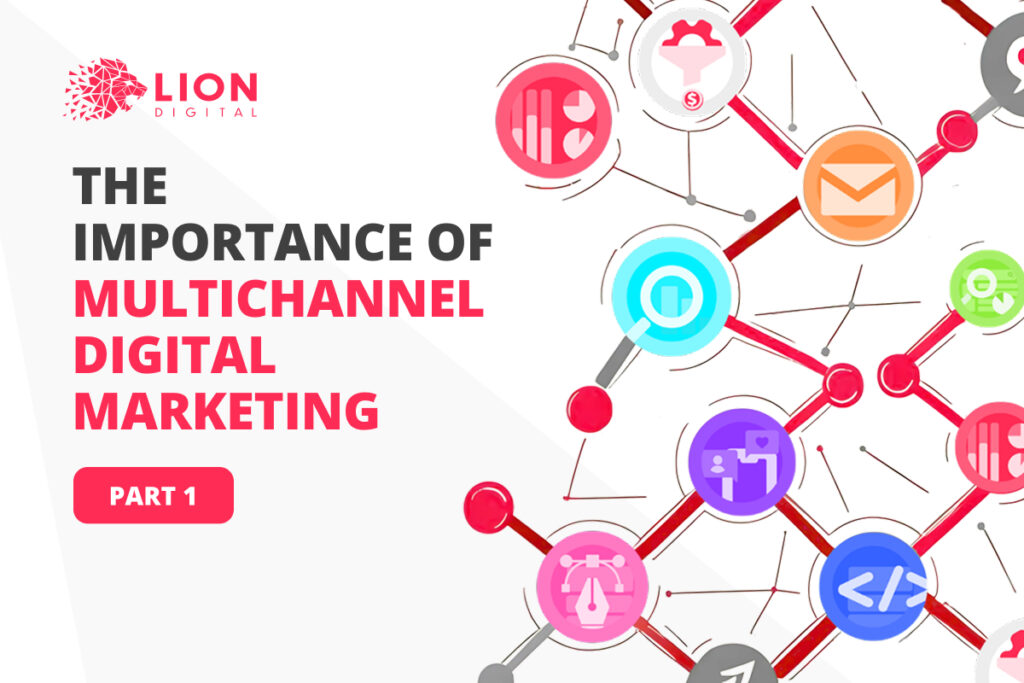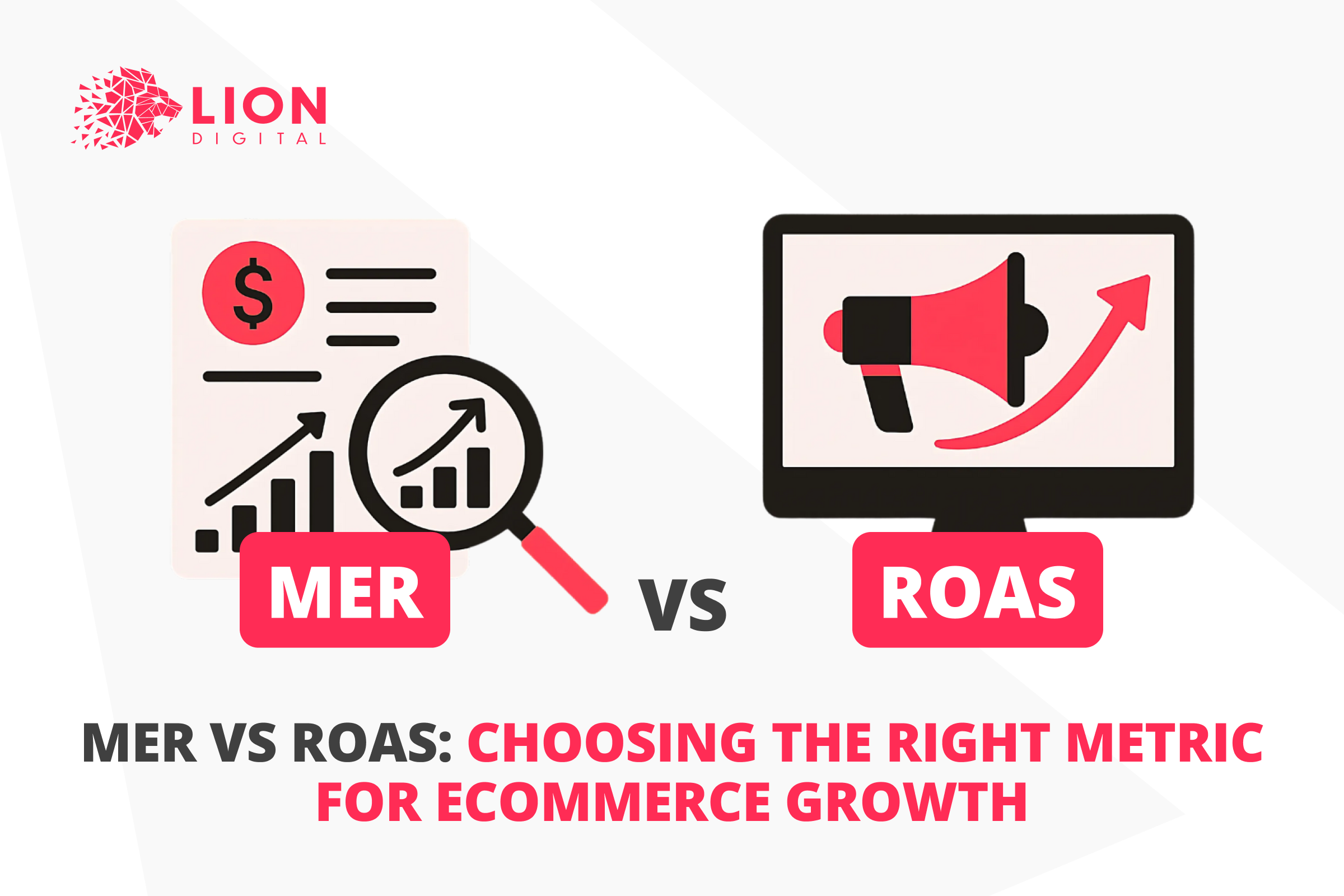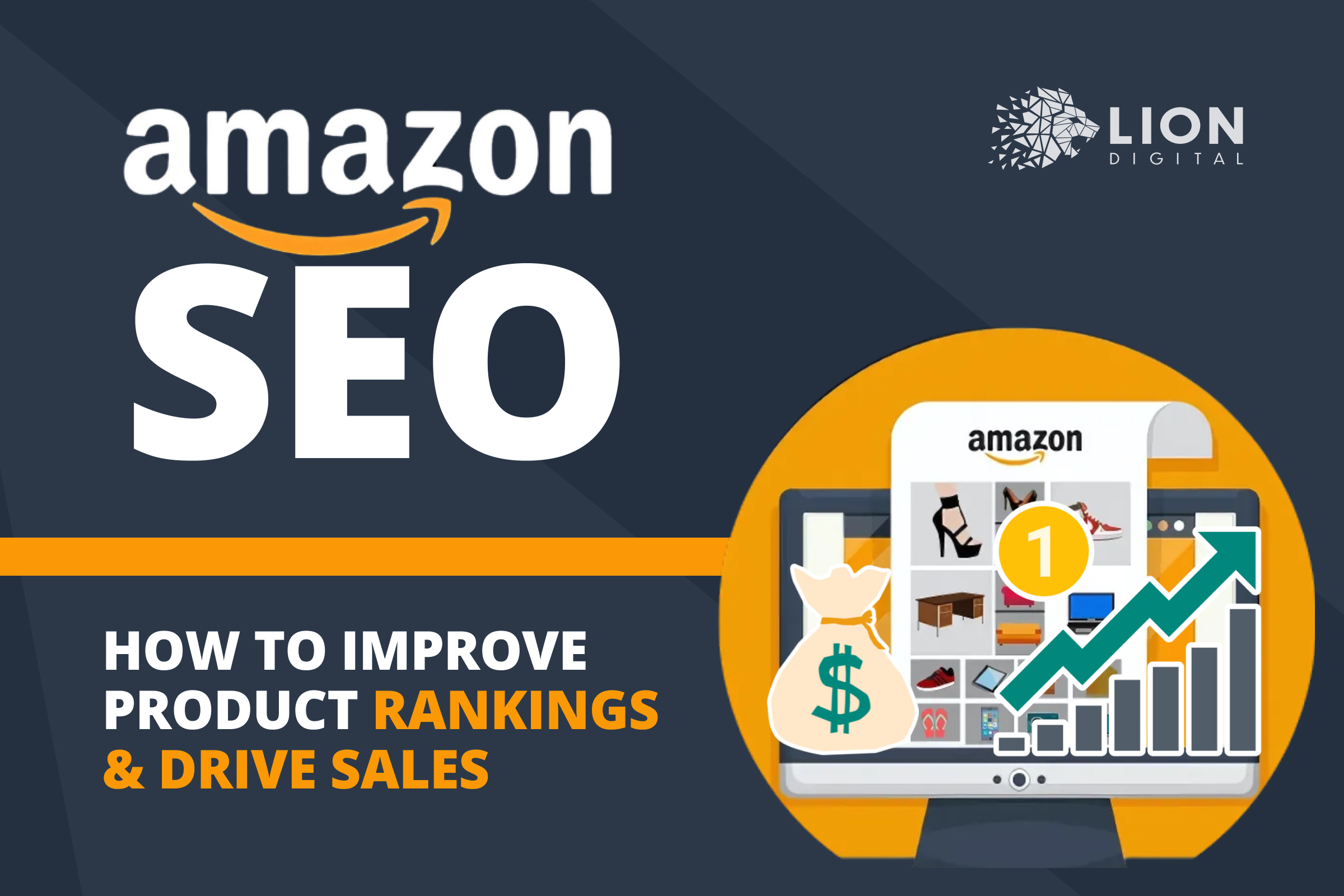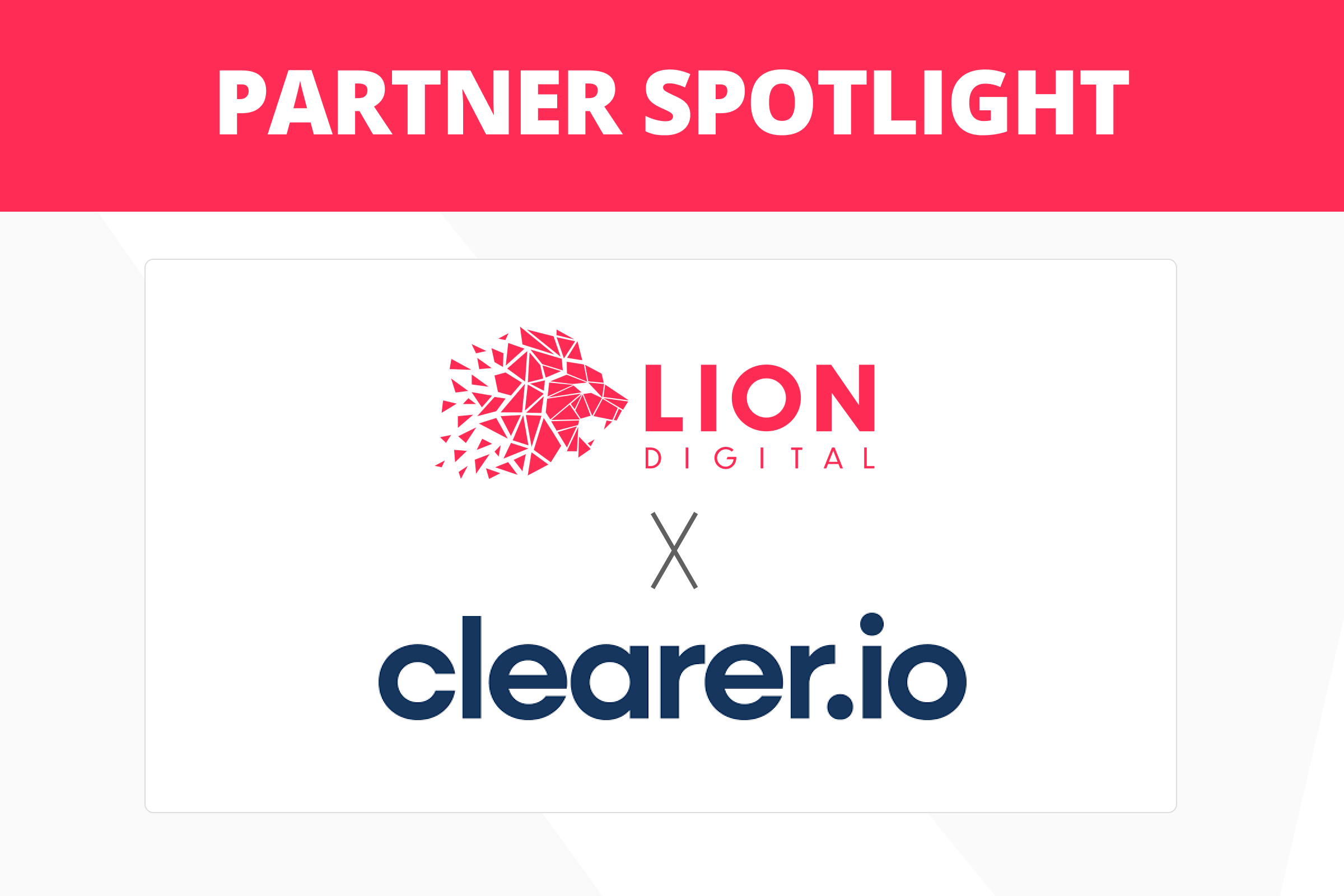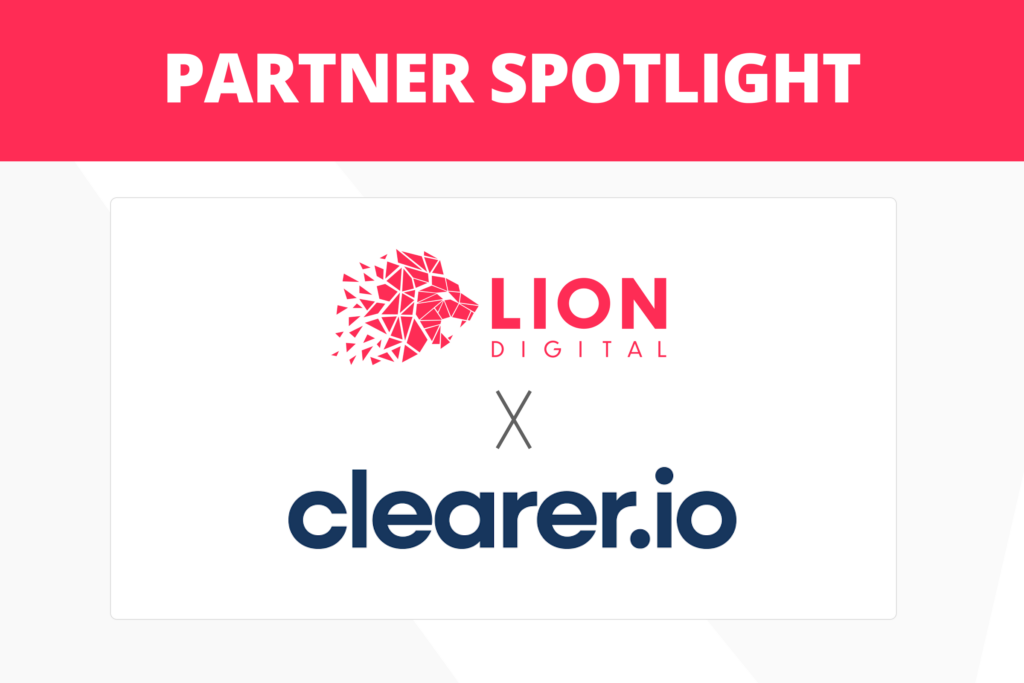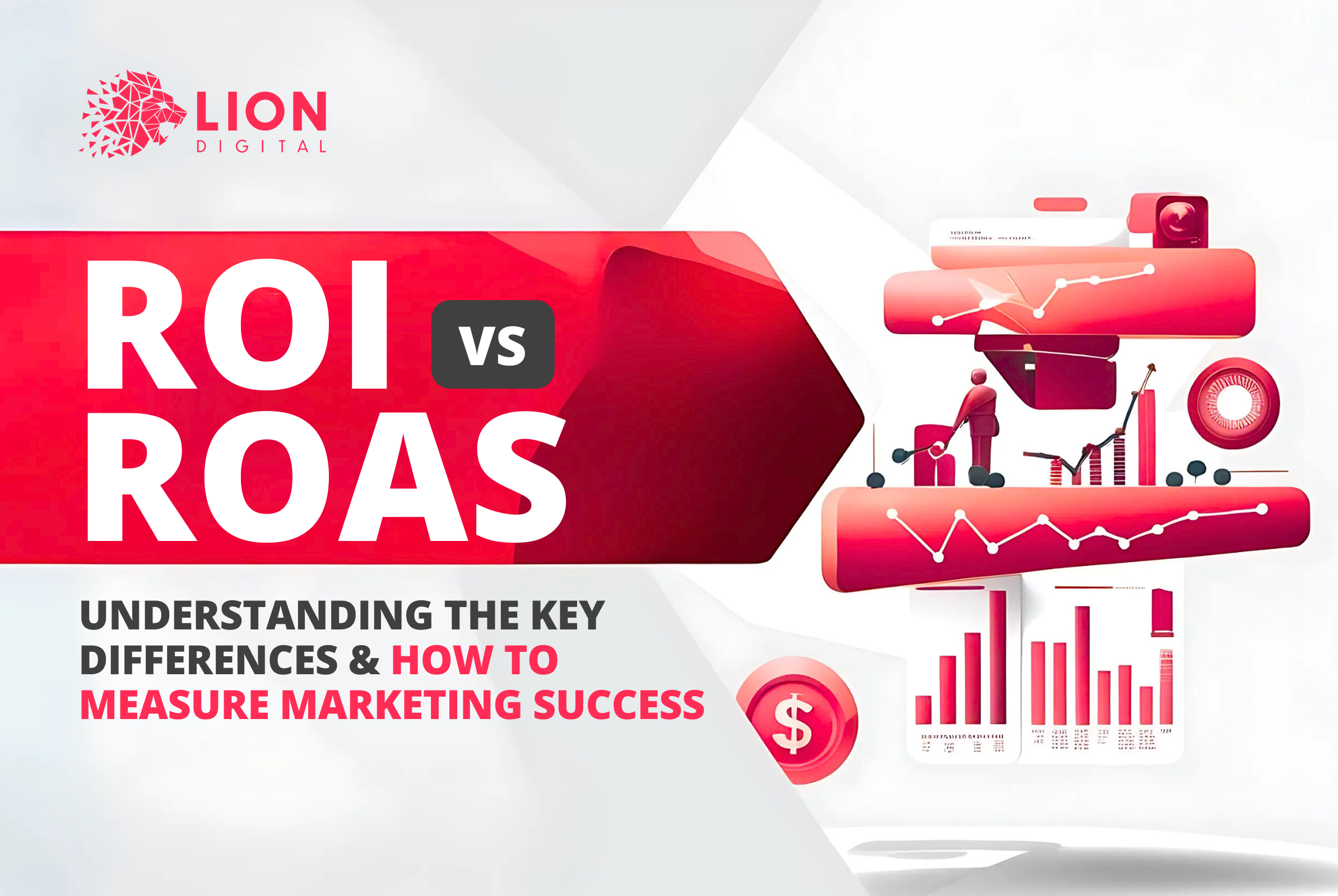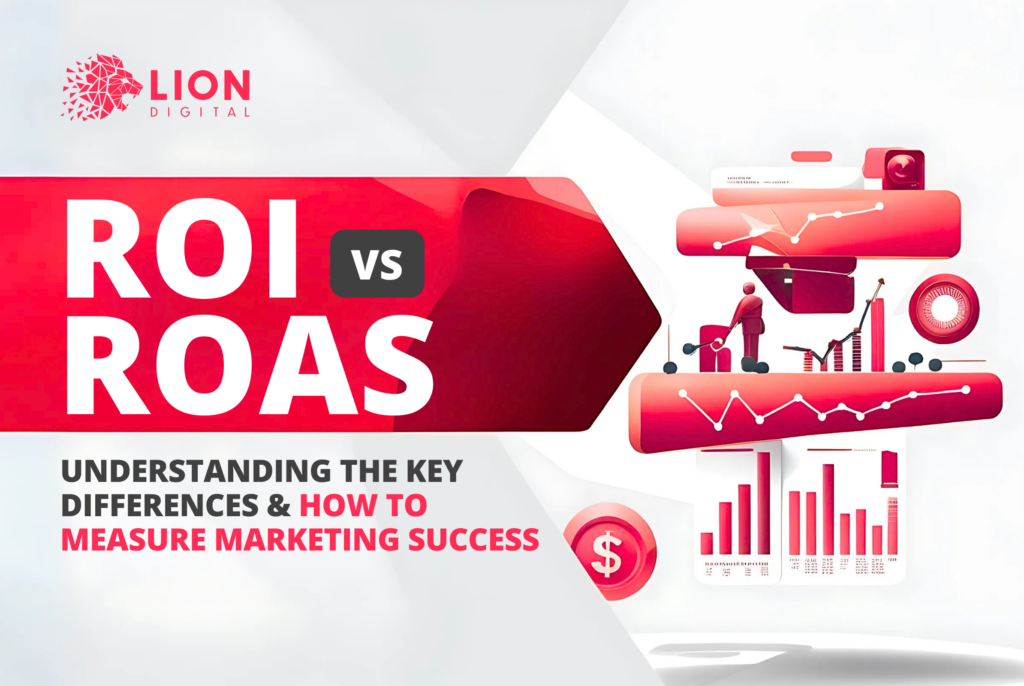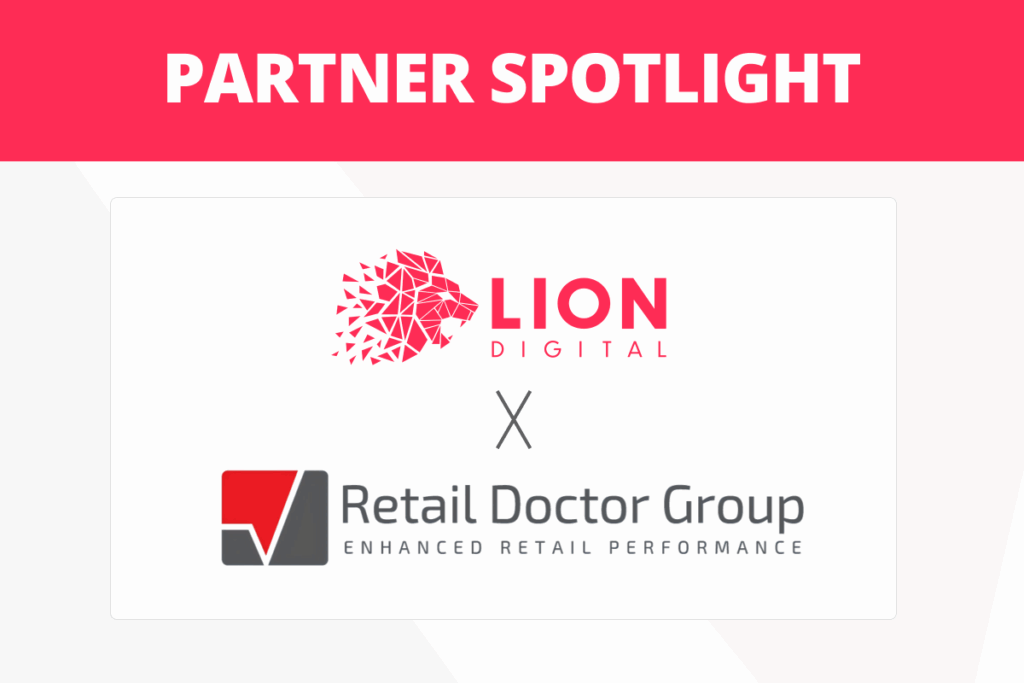
Retail is resetting at speed, as customers expect personalisation, immediacy, and consistency, whether they are on a mobile screen or standing at your counter.
Cost pressures and talent shortages are real, yet so is the opportunity for retailers who align consumer insight with disciplined operations and a practical omnichannel plan.
Retail Doctor Group bridges this “execution gap.” Their Retail Excellence Program acts like an operating system for retailers – linking strategy, people, process, and measurement so that every store team knows exactly what good looks like and how to deliver it, shift after shift.
How Retail Doctor Group Delivers Results
Retail Doctor Group (RDG) is Australia’s leading retail consultancy, built to translate consumer behaviour into clear strategies and on‑floor execution. Their Limbic Insights™ approach helps you understand why customers buy, while their Fit for Business™ frameworks turn that understanding into routines, standards, and KPIs that lift performance across the network.
RDG works across categories and formats, staying involved from diagnosis to deployment so that results are embedded, not theoretical.
Key Strategies for Retail Excellence
- Consumer Insights
RDG leverages the latest research on human decision-making and Limbic Insights™ methodology to understand what truly drives consumers towards your brand distinctly from others, creating an actionable competitive advantage for their brands and overall retail strategies. - Strategic Reviews and Planning Workshops
Workshops align brand strategy with market realities and store-level execution, linking merchandising, pricing, service, and omnichannel pathways. Clear decision rights and cadence ensure plans survive first contact with the trading week. - Fit for Business™ Roadmap
We utilise our proprietary Fit for Business ™ methodology and diagnostic tools to pinpoint strengths and gaps across execution, proposition, people, process, and profit, then build a sequenced roadmap that prioritises the few moves that matter and assigns owners, milestones, and measures. - Customer Connection (Mystery Shopping) Program
Mystery shopping is integrated with standards, micro‑learning, and manager coaching, so observations translate into changed behaviour, stronger conversion, higher average transaction value, and more consistent brand delivery. - Retail Excellence Program, Platform, and Dashboard
At the centre is a hub connecting training, checklists, compliance, mystery shopping, and performance reporting. Store teams see exactly what to do next, leaders see where to coach, and executives see which levers drive sales, margin, and experience. The dashboard gives a single view of standards, skills, and KPIs, making it simple to course‑correct quickly and scale what works.
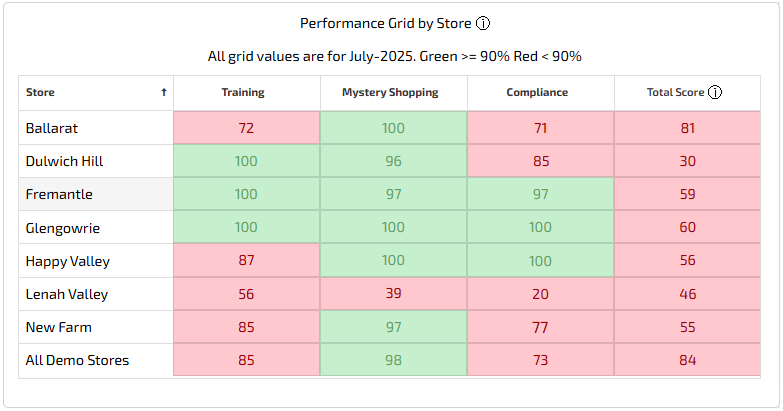
Proven Success Across Retail
Retail Doctor Group has helped leading retailers sharpen execution, lift conversion, and scale consistent customer experiences across multi-site networks.
- Barbeques Galore engaged Retail Doctor Group to sharpen seasonal execution and increase attachment sales across accessories and outdoor kitchens, while lifting consistency in the omnichannel path from search to showroom to delivery.
Through the Retail Excellence Program, Platform, and Dashboard, role-based playbooks, a mystery shopping cadence tied to micro-learning, and peak-season readiness sprints were introduced so store teams could execute reliably on high-traffic weekends. Customer insights and store audits were translated into clear daily routines and KPIs, while scenario-based training modules strengthened product storytelling, space-to-range discipline, and after-sales processes.
Josh Strutt’s operations group translated customer insight and store audits into clear daily routines and KPIs, and Sharon de Jager’s Learning & Development team built short, scenario‑based modules that strengthened product storytelling, space‑to‑range discipline, and after‑sales processes.
The outcome was tighter standards, faster coaching cycles, and a more consistent customer experience across the network. Their CEO, Angus McDonald, shared:
“For an organisation of our scale, with over 90 stores, we needed to develop really high-quality training. What we’ve done with Retail Doctor Group has been a huge step forward – delivering a well put together, fully inclusive onboarding and training program for our team.” - Tyreright: received support in strategic planning, network development, and operating rhythms for a growing national format. Store-level standards, team training, and clear KPIs brought consistency across locations and improved customer experience while strengthening commercial performance.
- Go Vita: Using insights‑led customer profiling and operational playbooks, RDG helped refine the offer and in‑store routines. The Academy’s targeted modules and the Dashboard’s visibility enabled faster coaching cycles and measurable gains in execution and sales outcomes. These examples show a consistent pattern, where insight‑driven strategy, clear operating standards, and a visible dashboard combine to produce reliable store‑level performance.
Complementing LION Digital’s Expertise
LION Digital drives qualified demand through eCommerce builds and performance marketing, while Retail Doctor Group ensures that demand converts on the shop floor and that store routines reinforce the brand promise.
Together, we close the loop from audience to aisle, using Limbic Insights™ to inform creative and merchandising, and using the Retail Excellence Platform to verify execution and lift in‑store conversion.
LION’s digital reporting sits neatly alongside our operational dashboard, giving leaders a single, practical view of how marketing, merchandising, and store execution work together to move the P&L.
Empowering Retailers for the Future
Retail Excellence is not a project, it is a system that binds customer science, skilled people, and disciplined operations into everyday habits that deliver results.
If you want dependable, scalable growth, combine LION Digital’s marketing engine with Retail Doctor Group’s insights, Academy, and Retail Excellence Platform and Dashboard.
Set the standard, make it visible, coach it weekly, and you will build successful retailing at the coalface.




